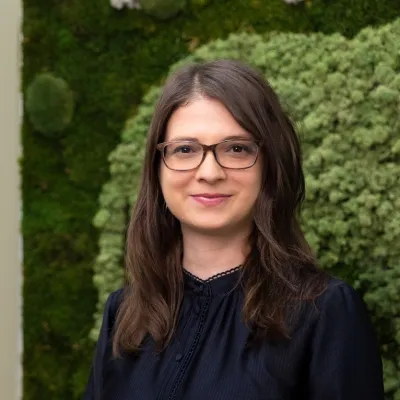Accelerating industrial electrification
As industries face mounting pressure to reduce carbon emissions and transition to sustainable practices, electrification emerges as a pivotal solution. VTT is at the forefront, developing integrated solutions that combine electrification, hydrogen, carbon capture, and Power-to-X technologies to accelerate the decarbonization of industry.
Fluidised bed applications for decarbonisation
VTT is leading the charge in decarbonising high-temperature industrial processes through innovative fluidised bed applications. These technologies not only aim to reduce emissions but also offer significant benefits for businesses, including enhanced energy efficiency, lower operational costs, and support for the transition to renewable energy sources, promoting sustainable economic growth.
Competence in fluidised bed technology
VTT's expertise in fluidised bed technology spans several key areas:
- Technology piloting and scale-up: from initial concept to commercialisation.
- Equipment and process development: optimisation and innovation in industrial processes.
- Techno-economic assessments: feasibility studies and multiscale modelling.
- Concept studies and RDI services: comprehensive research, development, and innovation services.
- In-depth technology and market knowledge: leveraging a network of key industries.
Experience in electrification applications
VTT has extensive experience in collaborating with key industries such as cement, lime, pulp and paper, lithium, iron and steel, and chemicals. The technologies used include resistive heating, plasma torch heating, hybrid heating and integration with fluidised beds.
VTT has state-of-the-art infrastructure, including pilot-scale fluidised bed reactors, versatile and capable of handling various processes.
Towards zero-emission factories
Together with its business partners, VTT has developed a solution that can bring a significant reduction in carbon dioxide emissions in the production of cement and quicklime. As one of the ingredients for concrete, cement is the world's most used building material and is responsible for around 7% of the world's carbon dioxide emissions.
Case: Vantaa Energy – path to carbon neutrality
Watch the video to learn about how the close strategic partnership between Vantaa Energy and VTT has helped the energy company become a forerunner in creating a carbon neutral circular economy energy system.
Related projects
The ELECTRA project, coordinated by VTT and funded by the EU Horizon Europe program, aims to revolutionize the cement, lime, and pulp industries by developing and validating electrically heated production processes on a multi-megawatt scale, capable of reaching temperatures up to 2000°C. The project involves 17 partners from 8 countries, including Heidelberg Materials and Kanthal, and has the potential to accelerate electrification efforts by up to 5 years.
VTT's Decarbonate project focused on developing an electrically heated rotary kiln integrated with CO₂ capture and upgrading. This technology aims to replace traditional fossil-fuel-based calcination processes in cement and lime production, reducing emissions and producing purified CO₂ for utilization or storage. The project demonstrated the feasibility of electrified calcination, contributing to the decarbonization of heavy industries.
Contact our expert







